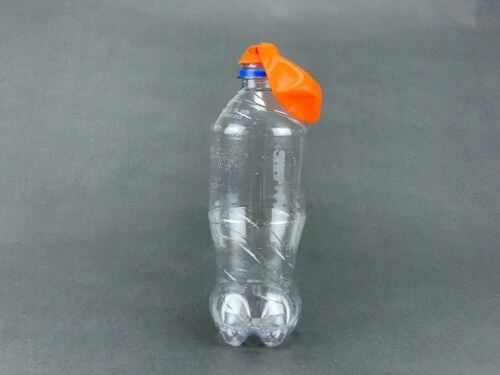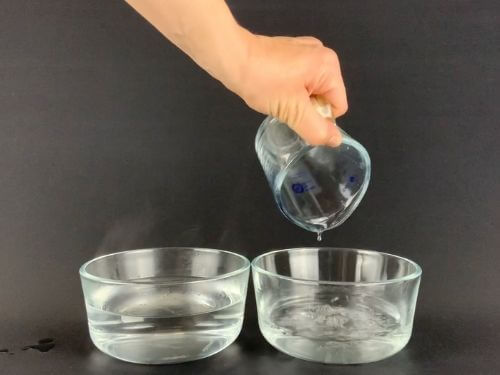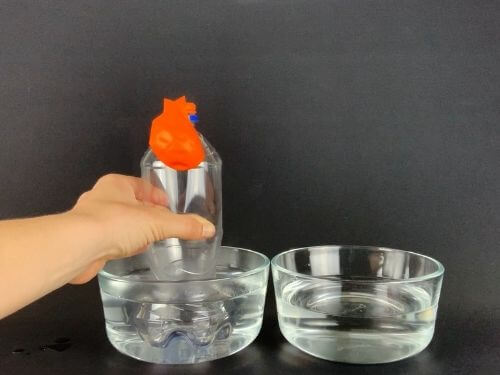Heating and Cooling of Air
Approximate Time to Complete: 10-15 Minutes + Questions & Journal Time
Approximate Time to Complete: 10-15 Minutes + Questions & Journal Time
In this experiment, you will use a balloon that can expand or contract depending on what is inside of it. You will expose that balloon to hot and cold temperatures to see what happens to the balloon and to the air inside.
You’ll Learn
Pre-Experiment Questions
Re-watch the First Great Lesson if you need a refresher!



Use these questions as a guide to write a journal entry, make a poster, give a presentation, or write a research report about your experiment or a related topic.
This experiment explores how temperature affects air. Want to learn more about the properties and movement of air? Take a look at these topics that come with a Montessori Laboratory membership!
What happened to the balloon when you put the bottle in hot water?
The balloon should have inflated a little bit. If it didn’t, you may need to use a larger bottle or a smaller balloon.
What happened to the balloon when you put the bottle in cold water?
The balloon should have deflated.
Can you explain what happened to the air inside of the bottle when you put the bottle in hot water, and when you put the bottle in cold water?
When you put the bottle into hot water, it heats the air inside of the bottle. When air particles heat up, they spread apart from each other. They want to take up more space. Since the balloon is made of elastic material, it changes shape to allow the air to take up more space.
When you put the bottle into cold water, it cools the air inside of the bottle. When air particles cool, they huddle closer together. They take up less space. They contract. Since the balloon is made of elastic material, it goes back to its original shape.
Are you interested in seeing what Montessori Laboratory’s big-picture lessons, hands-on experiments, and engaging science activities are all about? Check out the free lessons below!
Want more lessons like these ones? Get access to all of our lessons with a Montessori Laboratory membership!